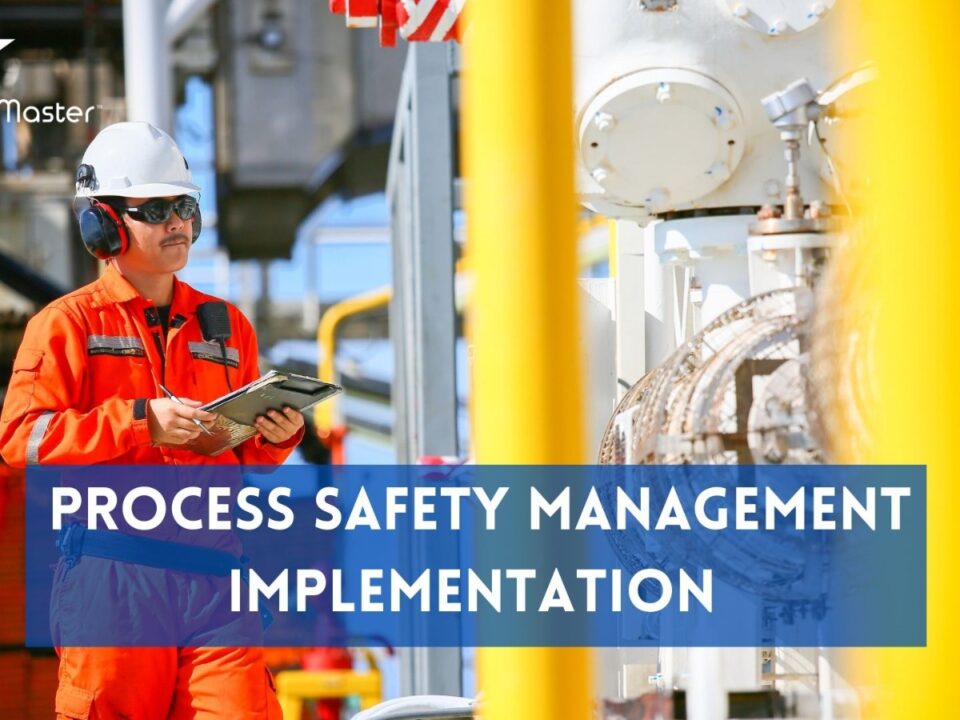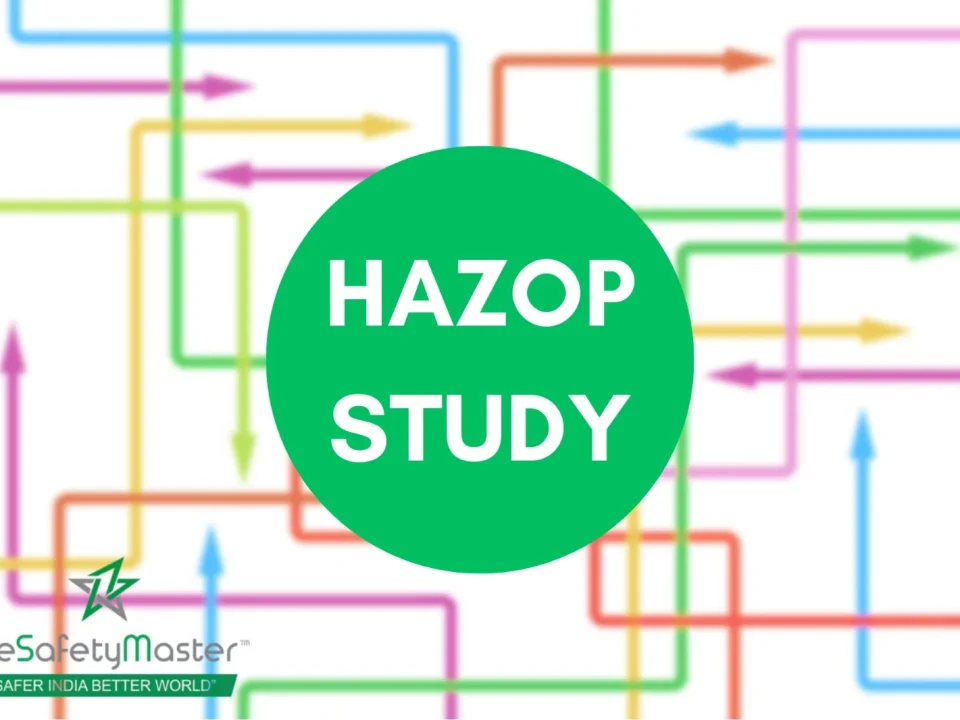Why Understanding Layers of Protection Analysis is Crucial for Risk Management

Building Fire Safety Risks: 5 Steps From Negligence to Management
June 5, 2023
Enhancing Workplace Safety: 10 Essential Electrical Safety Training Topics and Safety Master’s Expertise in Electrical Safety Consulting in India
June 6, 2023Why Understanding Layers of Protection Analysis is Crucial for Risk Management
In this article, we will delve into the importance of understanding Layers of Protection Analysis (LOPA) for effective risk management. The complexity of modern systems and processes means that risk management has become increasingly vital to ensure the safety of workers and members of the public. However, without a proper understanding of LOPA, it is impossible to create effective risk management strategies. In this blog post, we explore the advantages of LOPA and its contribution to efficient risk management. By the end of this article, you will have a deep appreciation of how LOPA is a game-changer in the fight against risk.
Introduction
Companies today face a multitude of risks that can lead to major financial losses, reputational damage, and even legal issues. Risk management is now more critical than ever before. One essential tool for effective risk management is Layers of Protection Analysis (LOPA). In this article, we will explore why understanding LOPA is crucial for risk management. We will delve into the benefits of LOPA, key components of the analysis, and tips for successful implementation. We will also discuss the latest trends and advancements in LOPA that can help companies stay ahead of emerging risks. By the end of this article, you’ll have a better understanding of how LOPA can help you mitigate risk and protect your company’s assets
What is Layers of Protection Analysis (LOPA)?
Layers of Protection Analysis (LOPA) is a widely used methodology in the field of process safety, especially in high-risk industries such as oil and gas, chemical, and manufacturing. LOPA is a semi-quantitative approach that provides a structured framework to identify potential hazards, evaluate the likelihood of occurrence, and assess the effectiveness of existing safeguards. LOPA consists of three main components: initiating events, independent protection layers (IPLs), and consequences. An initiating event is an unexpected occurrence that can lead to an accident or incident. IPLs are protective measures that can prevent or mitigate the potential consequences of an initiating event. Consequences refer to the potential harm that can result from an accident or incident. By analyzing these components systematically, LOPA helps organizations to identify gaps in their risk management strategies and implement additional safeguards where necessary.
One of the key benefits of LOPA is its ability to provide a structured approach for decision-making related to risk management. It helps organizations to prioritize their efforts based on risk level rather than relying on intuition or guesswork. Additionally, LOPA promotes collaboration among different teams such as engineering, operations, maintenance, and management by providing a common language for discussing risk and safety concerns. Overall, LOPA is an essential tool for any organization seeking to improve its process safety performance and reduce the likelihood of accidents or incidents occurring.
Benefits of LOPA for Risk Management
LOPA offers numerous benefits for risk management. Firstly, it enables organizations to identify potential loss scenarios and their causes, along with the likelihood of occurrence and the consequences if they do occur. Secondly, LOPA allows companies to determine the most effective safety measures needed to prevent or mitigate such losses.
Moreover, LOPA provides a comprehensive understanding of risk factors and mitigation options that can help decision-makers make informed choices. The process is based on factual information rather than assumptions or guesswork, making it an essential tool in ensuring a safe work environment for employees, customers, and stakeholders.
Key Components of LOPA
Key Components of LOPA:LOPA comprises five main components that help identify and assess potential hazards and risks associated with a process or system. The first component is the identification of scenarios that could lead to significant consequences. These scenarios should be realistic, based on credible information, and should account for all possible outcomes.
The second component involves determining the likelihood of each scenario occurring. This requires analyzing data on previous incidents, industry standards, and expert opinions. Once the likelihood is established, it is important to assess the severity of each scenario’s consequences.
The third component of LOPA involves identifying independent layers of protection (IPLs) that can prevent or mitigate the occurrence or consequences of each scenario. These IPLs can include physical barriers, safety systems, alarms, emergency response plans, and personal protective equipment. The fourth component includes determining the reliability and effectiveness of these IPLs based on historical data or expert opinion. Finally, risk calculations are performed to determine if additional safeguards are required to reduce risk levels to acceptable levels.
Overall, understanding these key components of LOPA is critical for ensuring effective risk management in any process or system. By following these steps systematically and comprehensively analyzing hazards and risks using LOPA techniques we can ensure a safer environment for everyone involved in managing such systems.
Tips for Successful LOPA Implementation
For successful LOPA implementation, it is essential to have a clear understanding of the risk management objectives. The first tip is to define the scope of LOPA and determine the potential hazards that could occur. This step should involve a collaborative effort between stakeholders to ensure that all essential aspects of risk are considered.The second tip is to identify the risk scenarios and their likelihood by using appropriate data sources, such as historical records, expert judgment or industry standards. All relevant data should be analyzed adequately using appropriate tools and techniques.
The third tip is to evaluate the existing layers of protection already in place and determine their effectiveness in mitigating potential risks. A robust analysis will help identify any gaps in protection layers that need additional measures for improvement.
In conclusion, successful LOPA implementation requires a comprehensive approach that involves an accurate understanding of risk management objectives and hazards identification. Identifying risk scenarios’ likelihood analysis, evaluating existing layers of protection will help improve the overall effectiveness of LOPA implementation.
Latest Trends and Advancements in LOPA
LOPA is a constantly evolving risk management tool, with new advancements and trends emerging regularly. One of the latest trends in LOPA is the use of digital platforms and software to aid in the LOPA process. These platforms can streamline the process, allowing for more accurate and efficient analysis.Another emerging trend in LOPA is the use of big data to inform risk assessment. By analyzing large amounts of relevant data, organizations can better understand potential risks and develop more effective safety strategies.
Finally, there is a growing focus on integrating LOPA into overall risk management frameworks. By incorporating LOPA into a holistic approach to risk management, organizations can ensure that safety measures are comprehensive and effective across all levels of their operations.
Conclusion
As we have seen, Layers of Protection Analysis (LOPA) is a critical tool for effective risk management. By identifying and implementing multiple layers of protection, organizations can significantly reduce the likelihood and severity of accidents and incidents. While LOPA can be complex to implement, with careful planning and preparation, it is a highly effective means of enhancing safety across a wide range of industries and sectors. The latest advancements in LOPA also offer exciting possibilities for further improving risk management strategies in the future. Ultimately, through understanding the principles underlying LOPA, organizations can take proactive measures to protect employees, assets, and the environment while maintaining operational efficiency.
At TSM TheSafetyMaster Private Limited we offer following services
TSM TheSafetyMaster® Private Limited
DUST EXPLOSION HAZARD ASSESSMENT
ELECTROSTATIC HAZARD ASSESSMENT
Unit No 221-451-452, SPL1/J, 2nd & 4th Floor, Sunsquare Plaza Complex, RIICO Chowk, Bhiwadi 301019, Rajasthan, India
Phone: +91 1493 22 0093
Mobile: +91 7665231743/9413882016
Email: info@thesafetymaster.com




